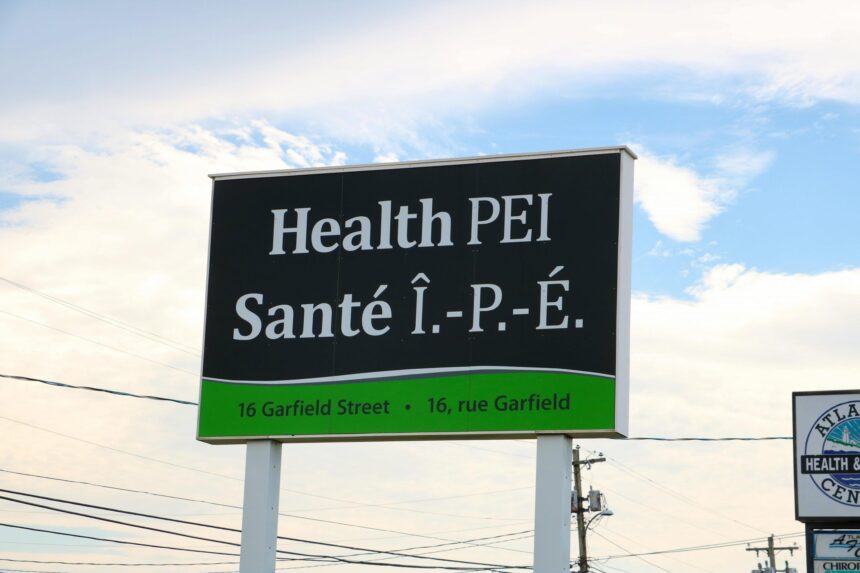As Prince Edward Island settles into a new year, healthcare facilities across the province are maintaining their stance on protective measures. Despite the general relaxation of COVID-19 protocols in public spaces, Health PEI has confirmed that mandatory masking policies will remain firmly in place throughout all medical facilities on the island in 2024.
The decision comes amid fluctuating respiratory illness rates that typically surge during winter months. According to Dr. Michael Thompson, Chief Medical Officer for Health PEI, the continuation of masking requirements represents a prudent approach to protecting vulnerable populations.
“Healthcare settings present unique challenges when it comes to infection control,” Dr. Thompson explained during yesterday’s press briefing. “We’re dealing with immunocompromised patients, elderly individuals, and those with underlying conditions that make them particularly susceptible to respiratory illnesses, not just COVID-19.”
The mandatory masking policy affects all Health PEI facilities, including hospitals, outpatient clinics, long-term care homes, and administrative offices where patient care occurs. Staff, patients, and visitors alike are required to don medical-grade masks upon entering these facilities, with masks being provided at entrances for those who arrive without appropriate face coverings.
Recent data from the Provincial Health Department indicates that facilities maintaining strict masking protocols have demonstrated significantly lower transmission rates of seasonal influenza, RSV, and COVID-19 variants compared to similar settings where masking has become optional.
Healthcare worker unions have largely supported the continuation of the policy. Janet MacPherson, representative for the PEI Nurses Union, noted that “the mask requirement provides an additional layer of protection for our frontline workers who face daily exposure risks. This isn’t just about COVID anymore—it’s about creating safer healthcare environments overall.”
The province’s approach stands in contrast to some neighboring jurisdictions that have moved to recommendation-based policies rather than mandates. New Brunswick, for instance, transitioned to optional masking in most healthcare settings last fall, though strongly encourages the practice during periods of high respiratory illness circulation.
Financial considerations also factor into the decision. Health economists estimate that preventative measures like masking in healthcare settings could save the provincial healthcare system between $3.7 and $5.2 million annually by reducing staff sick days and preventing nosocomial infections that extend hospital stays.
Public reception to the continued mandate has been mixed. A recent survey conducted by the University of Prince Edward Island found that 68% of respondents supported masking requirements in healthcare settings, while 22% felt it should be optional, and 10% expressed no strong opinion.
Dr. Sarah Linden, epidemiologist at UPEI, believes the policy reflects an evolution in our understanding of infection control. “What we’re seeing is a shift toward viewing masking not as an emergency measure but as a standard practice in high-risk settings. Many Asian countries normalized this approach decades ago, and we’re finally catching up.”
As respiratory disease patterns continue to evolve, so too might the province’s approach. Health PEI has indicated that the policy will undergo quarterly reviews based on surveillance data, emerging research, and public health recommendations.
As Islanders navigate yet another year with evolving health protocols, perhaps the more significant question becomes: will these temporary pandemic measures eventually become permanent features of our healthcare landscape, and what might that mean for the future of infection control in public health settings?










